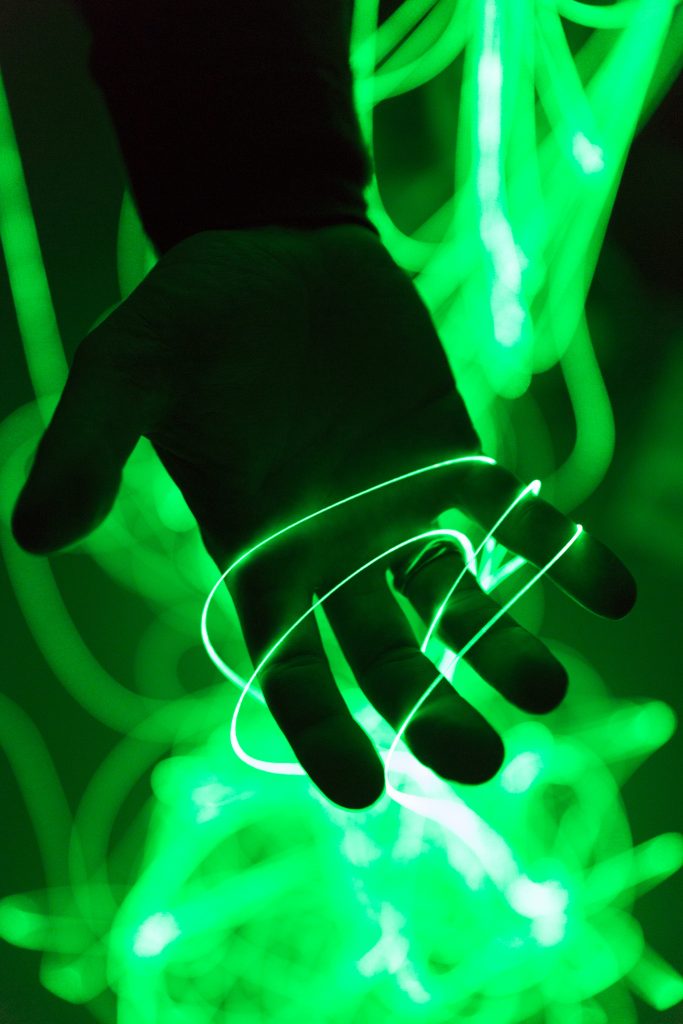The European research project NCLas develops fiber lasers with novel wavelengths. The powerful, robust fiber lasers are expected to significantly expand the spectral range achieved so far, thus enabling new applications in medicine and telecommunications. The European Union is supporting the unique project, in which top-level research institutes from Germany, Spain, Poland and the UK are collaborating, within the framework of the “FET Open” programme – promoting ideas for radically new future technologies.
The NCLas project will introduce and develop a disruptive technology for the synthesis of glasses containing functional nanocrystals (NCs). It is based on a novel hybrid nanosintering process, which allows for the incorporation of a large variety of NCs and functionalization of glasses in different formats for various applications. In our nanosintering process, key enabling steps include reducing the sintering temperature, developing specialized NC core-shell structures and adjusting the glass composition, thus achieving a chemically inert environment and matching the refractive index of NCs and glass. This technology will be exploited to produce low-loss, NC-functionalized glass fibres. Fibre lasers are energy efficient and compact and offer maintenance-free operation, ultra-short pulses, high power, and low noise. We will demonstrate two highly relevant fibre lasers: (i) a Ti3+:sapphire-NC fibre laser tuneable around 800 nm for bio-photonic applications; (ii) a Pr3+:yttria-NC 1300-nm fibre laser enabling a much-awaited wavelength extension in telecommunications and also fitting into one of the biophotonic windows.

By incorporating nanocrystallites into a fibre, we want to open up areas that are relevant for biomedical applications but for which there are no practical solutions as yet. For example, a planned fiber laser aims at a spectral range in which tissue is very transparent, so that even deep layers become visible. Another fiber laser is of great interest for telecommunications, where information is transmitted via the optical fiber. The more wavelengths the laser opens up, the more channels are available for this. In addition, our research can pave the way for possible applications of optical fibers that are still a vision of the future today.
With the Jena-based company Lasos Lasertechnik, “NCLas” is already building a bridge into the economy. The project’s European research partners are the Fraunhofer Institute for Ceramic Technologies and Systems Dresden, the University of Cantabria in Santander, Spain, the Scientific-Technical AGH University of Krakow and the University of Surrey in Guildford, UK.
The European programme FET Open supports the early-stages of the science and technology research and innovation around new ideas towards radically new future technologies.
